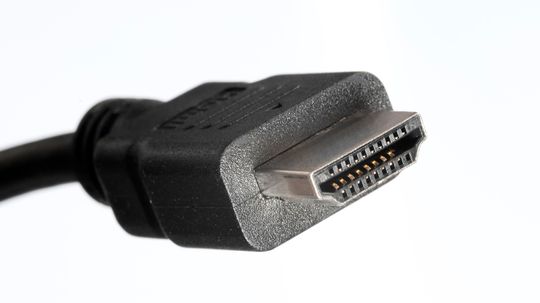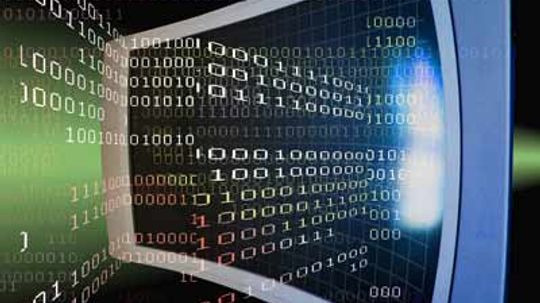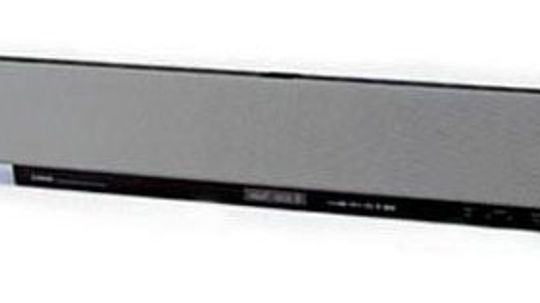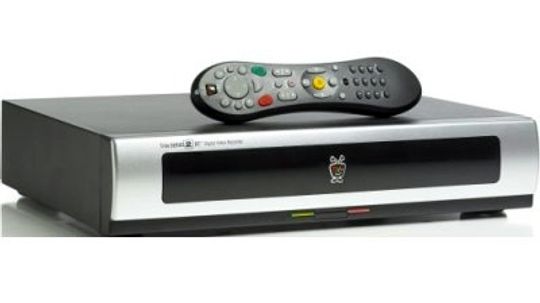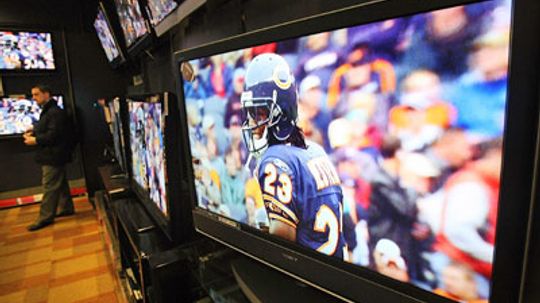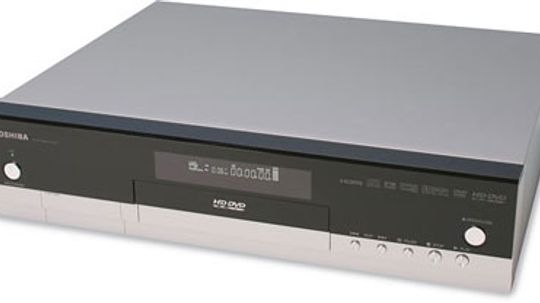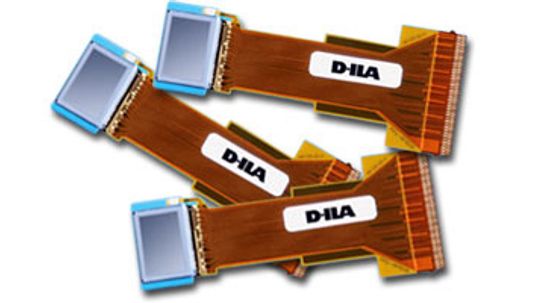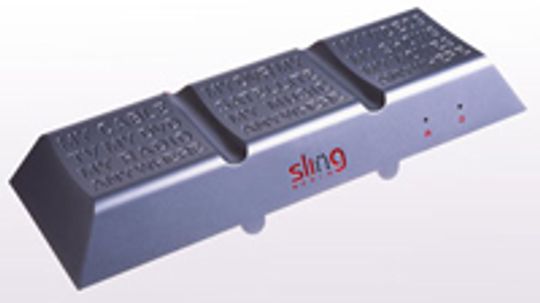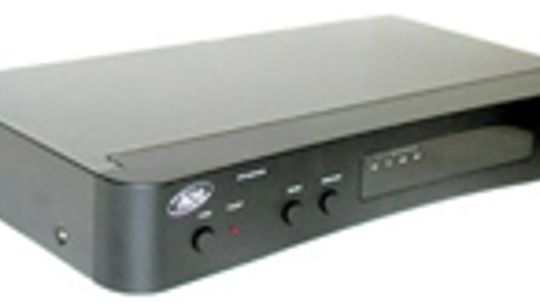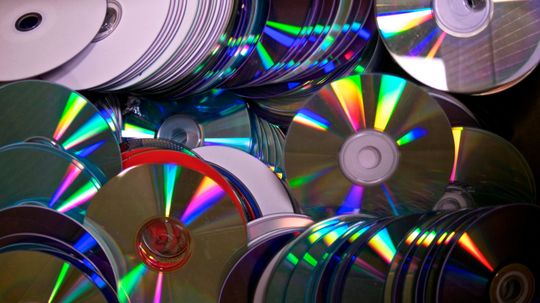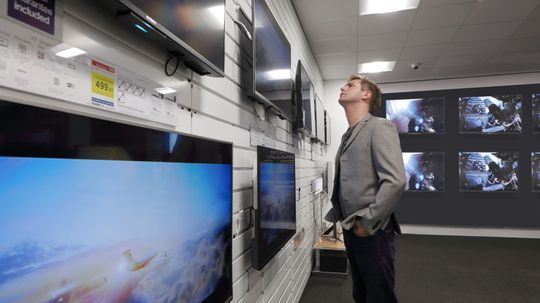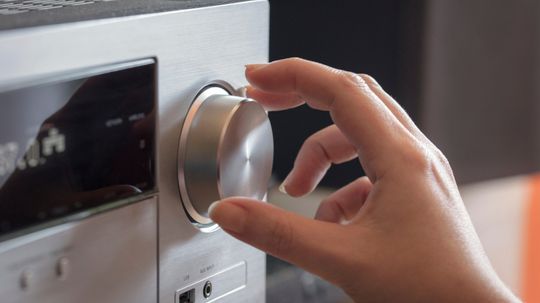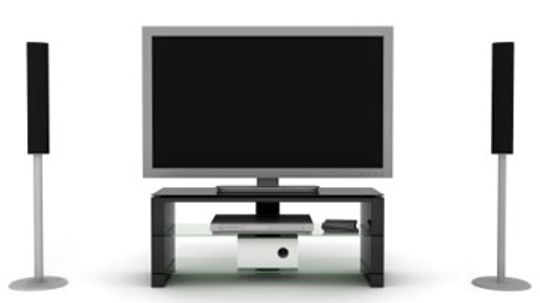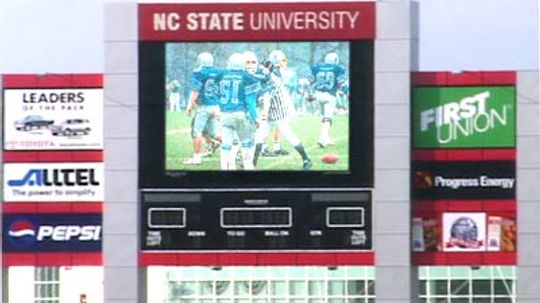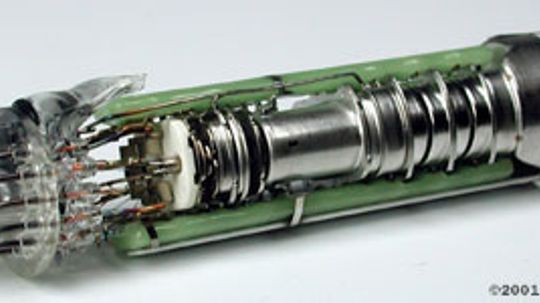Home Audio & Video Systems
Home audio and video setups are as individual as the people who own them. At its most basic, a home theater includes a TV, some speakers and an audio/video source. Find out about the newest home theater components, and how they work together to give you a superior entertainment experience.
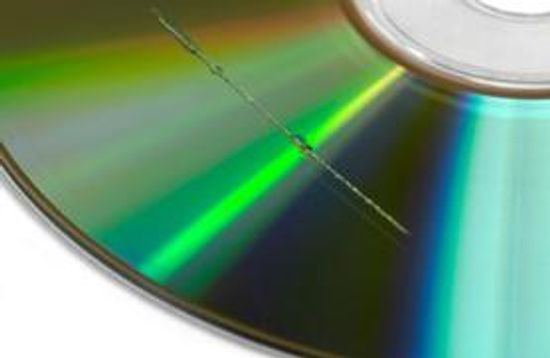
How to Fix a Scratched Disc
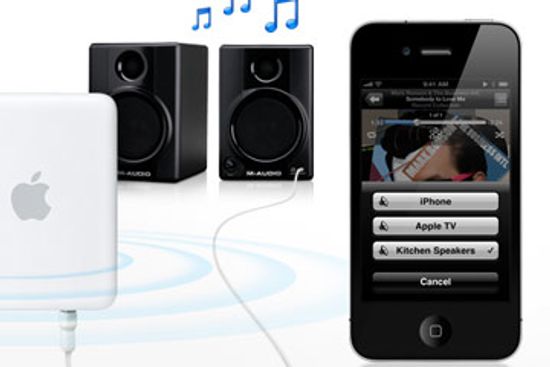
How Apple AirPlay Works

How Netflix's Password Crackdown Will Stop Moochers

How to Cancel Netflix

What's the Most-disliked Video on YouTube?
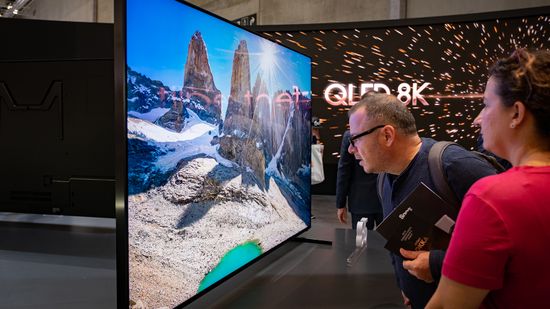
QLED vs. OLED: Weighing Different TV Options

Can You Fix the Dirty Screen Effect?
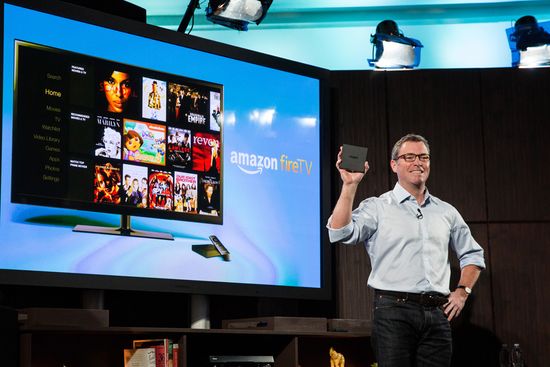
How Amazon Fire TV Works

How to Adjust Your TV for the Best Picture

720p vs. 1080p: What You Need to Know About HD Resolutions

What’s the difference between 780i and 1080i HDTV?
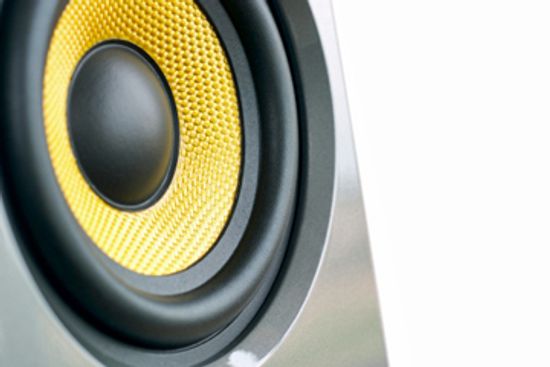
How Weatherproof Speakers Work
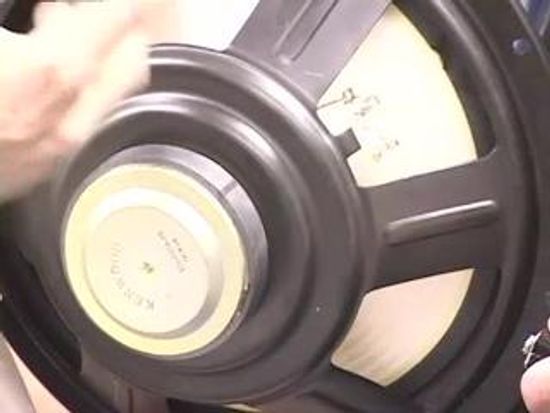
What's a voice coil on a speaker?

What's the difference between active and passive speaker crossovers?
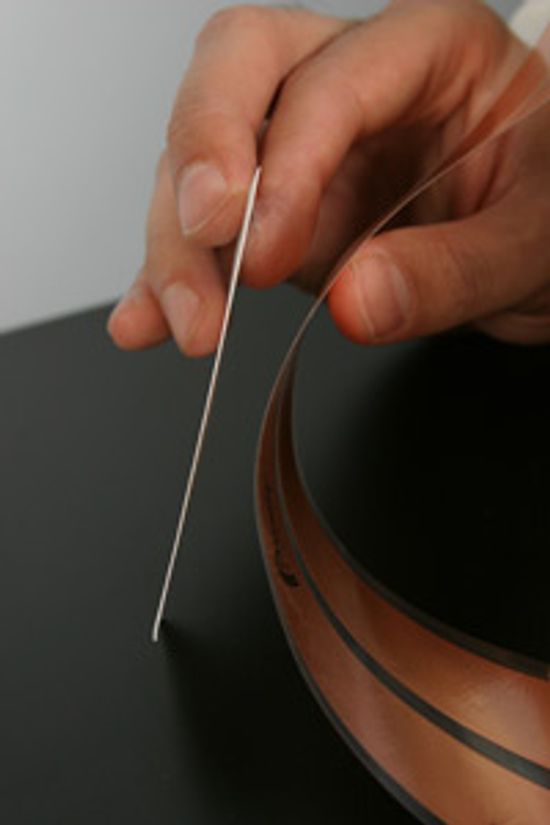
How FlatWire Works
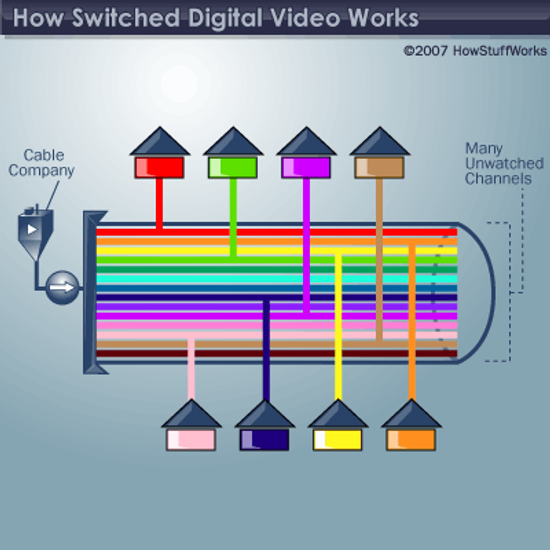
How Switched Digital Video Works
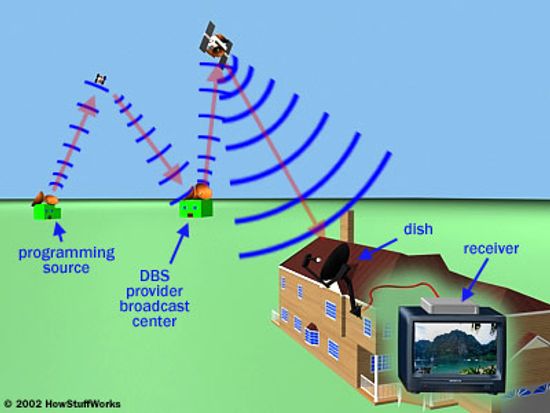
How Satellite HD Works
Learn More / Page 4
HDMI is more than a port on the back of a TV (and the often expensive cable that fits inside). It's a set of rules for allowing high-definition electronic devices to communicate.
Internet TV is relatively new -- there are lots of different ways to get it, and quality, content and cost can vary greatly. Internet TV streams television signals over the Internet to a person's computer screen or TV set.
By John Fuller
The typical home-theater setup, with its surround-sound speakers and subwoofer, doesn't work for every home. That's where virtual surround sound comes in. Explore how human hearing and some cool technology allow two speakers to sound like five.
Advertisement
In 1997, TiVo promised its customers that they wouldn't have to worry about television schedules or learn to program their VCRs. Learn how the typical TiVo set works and what services TiVo provides.
The Netflix red envelope has become a staple in the home entertainment market. How did this DVD and streaming entertainment service get started, and what's next?
Digital video recorders may be the future of television. If you've heard the DVR catchphrase -- "Pause live TV!" -- you may be wondering just how this is accomplished. Learn all about digital video recorders.
By Jonathan Strickland, James Bickers & HowStuffWorks.com Contributors
Ever wonder how television works? The technology has been around long enough to seem ordinary, but the box that brings TV shows into your home is an amazing device. How is the picture formed? Where does the color come from? Let's find out!
Advertisement
After all of the hype, the experience of watching a brand new HDTV can be a little anticlimactic. Find out why and what you can do to improve it.
The surface-conduction electron-emitter display (SED) combines the picture quality of a CRT with the compact design of a flat-screen plasma display. Learn exactly how the SED-TV creates a picture.
Learn how HD-DVDs differ from DVDs and what's happening in the struggle between HD-DVD and Blu-Ray.
If you want a big screen, a flat panel or a widescreen TV, LCoS (Liquid Crystal over Silicon) may be the right option for you. Learn about the technology behind LCoS.
Advertisement
Most of us don't even consider the possibility of viewing our cable TV, DVR or DVD player when we're away from home, but with a Slingbox, you can do just that.
By Julia Layton
In WWII, remote controls detonated bombs for the first time. Now some of us spend an hour looking for the remote before we remember there are buttons on the TV. Find out the difference between a "universal" and a "learning" remote and check out some of the other high-tech features you can find on remotes today.
By Julia Layton
Holographic memory systems offer more storage capacity and faster transfer rates than CDs and DVDs, but they've also been too expensive and complex to mass produce. Learn how HVD has improved upon previous methods.
By Julia Layton
If you've heard of an HD upconverter, you're way ahead of most folks. So what's this new addition? What exactly are we trying to "upconvert"? Find out what HD upconverters do and why you might want one.
Advertisement
Say goodbye to DVD as the top-of-the-line digital storage format -- it pales in comparison to Blu-ray. New blue-laser discs feature unbelievable storage capacity.
The EZ-D DVD is a disc that automatically blanks itself after a certain period of time. It's a movie rental that takes late fees and return trips to the video store out of the picture. Check out the science at work.
By Tom Harris
Satellite TV once required a huge eyesore of a dish positioned on the lawn. These days, you can receive the digital satellite signal with a tiny bowl attached to your roof. Find out how satellite TV works.
By Karim Nice & Tom Harris
Think your living room isn't big enough to squeeze in a large-screen TV? Plasma displays fit the components for a huge screen into a unit that's less than 6 inches deep.
By Tom Harris
Advertisement
It may seem like an audio add-on, but without an amplifier, you'd never be able to hear the music on your CDs (your neighbors might be happier, but would you?). Find out how amps pump it up to 11.
By Tom Harris
Surround sound has become an integral part of the movie theater experience, and it's becoming a staple in home theaters, too. There's nothing like feeling a fighter jet fly by while you're sitting on the couch. Find out how surround sound puts you in the middle of the action.
By Tom Harris
When you're watching a movie at home, surround sound can make all the difference. Learn about the components of a home theater and how to create a system that is right for you.
The video screens at sporting events and concerts are almost like your TV -- except that they're GIGANTIC! Learn about the technology that makes these 30-foot displays possible.
Advertisement
They sound a little bit like something out of "Star Wars," but they're actually the devices that are at the heart of most TVs and computer monitors.
Re-writable CD's are pretty amazing things. They were the first tools in the newest generation of personal music production.
